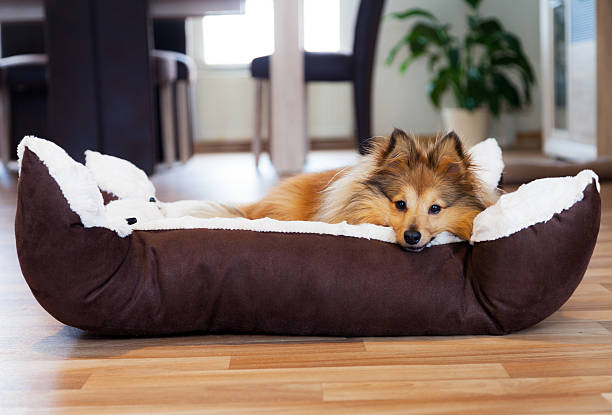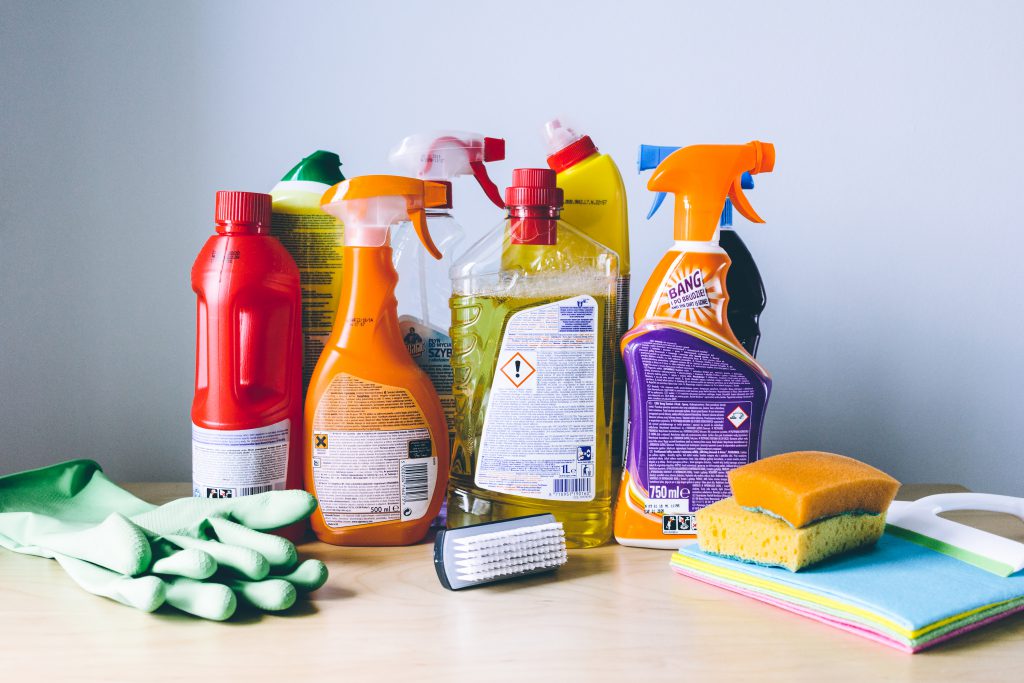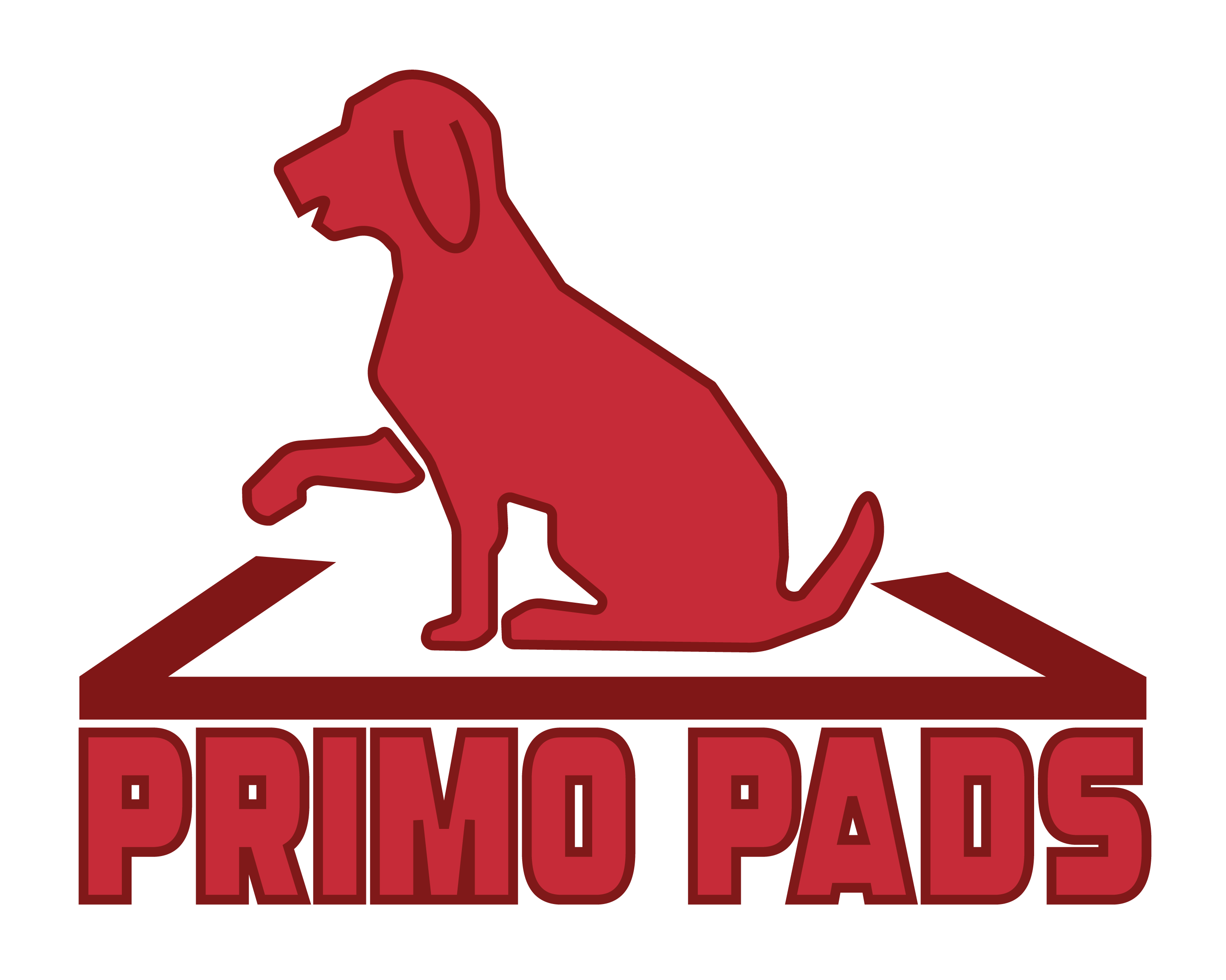How to Wash a Dog Bed

How to Clean a Dog Bed
A clean and fresh bed is essential for your furry friend’s comfort and overall well-being. Regularly cleaning your dog’s bed helps maintain hygiene and keeps your home smelling pleasant.
Whether your dog’s bed is made of plush fabric, durable canvas, heat-sealed waterproof vinyl, or any other material, it’s important to establish a routine cleaning regimen. By following these steps, you can effectively remove dirt, stains, and odors from the bed, ensuring a cozy and sanitary spot for your canine companion.
- Preparation – Before you begin cleaning your dog’s bed, gather all your necessary supplies. These typically include a vacuum cleaner, mild pet-friendly detergent, stain remover (if needed), a washing machine (or a large sink or hose), and fresh water. Check the manufacturer’s instructions for specific cleaning recommendations, as some beds may have unique requirements. Additionally, consider having spare bedding on hand to replace the soiled one while it’s being cleaned.
- Pre-Treatment and Spot Cleaning – Start by removing any loose hair or debris from the dog bed using a vacuum cleaner or lint roller. If there are visible stains or odors, pre-treat them before washing. Apply a pet-safe stain remover or a mixture of mild detergent and water to the affected areas, gently working it into the fabric. Allow the pre-treatment solution to sit for a few minutes, and then blot or scrub the stains with a clean cloth or soft brush. Repeat this process, if necessary, until the stains are lifted.
- Washing
- Machine Washing – Most dog beds are machine washable, but it’s crucial to follow the care instructions provided by the manufacturer. Remove any removable covers or liners and wash them separately. Use a mild detergent without bleach or harsh chemicals to avoid irritating your dog’s skin. For beds without removable covers, check if they can be safely machine-washed. If not, proceed to the next step for handwashing instructions.
- Handwashing – If your dog’s bed is not suitable for machine washing or is too large, you can clean it by hand. Fill a large sink or an appropriate-sized container with warm water and mild detergent. Immerse the bed in the soapy water and gently agitate it to ensure thorough cleaning. Pay extra attention to any heavily soiled areas or stains. Rinse the bed thoroughly with clean water to remove all detergent residue. Squeeze out excess water without wringing or twisting the fabric.
- Wiping – Some dog beds, such as crate pads and mats, don’t need handwashing or machine-washing techniques. In these instances, you’ll simply want to spray them with a pet friendly cleaner or a hose and wipe them clean.
- Drying – Proper drying is crucial to prevent mold and mildew growth. If the bed’s care instructions allow it, you can tumble dry the cover and liners on a low heat setting. If machine drying is not possible, hang the bed or lay it flat in a well-ventilated area to air dry. Ensure the bed is fully dry before returning it to your dog, as dampness can lead to odors and discomfort. Additionally, sunlight can help eliminate any remaining odors and provide natural disinfection.
Regular cleaning not only removes dirt, stains, and odors but also helps maintain a healthier living environment for both your dog and your family. Remember, a clean bed results in a happy dog!
How Often Should You Wash Your Dog’s Bed?
Maintaining a clean and fresh bed for your beloved canine companion is essential for their comfort and hygiene. However, determining the ideal frequency for washing your dog’s bed can be a bit challenging.
Every dog is different and not all dog beds are made the same. Although there is no one-size-fits-all answer, here are a few things to consider when determining how often to wash your dog’s bed:
- Consider Your Dog’s Lifestyle and Habits – The frequency of washing your dog’s bed depends on their lifestyle and habits. If your dog spends a significant amount of time outdoors, rolls in dirt, plays in water, or tends to drool, you may need to wash the bed more frequently. Active and adventurous dogs may require more frequent cleanings than dogs with a calmer lifestyle.
- Assess Bed Soiling and Odor – Regularly inspect your dog’s bed for signs of soiling and odor. If you notice visible stains, dirt, or unpleasant smells, it’s a clear indication that the bed needs cleaning. However, even if there are no visible signs, it’s still advisable to establish a routine cleaning schedule to maintain a hygienic sleeping area. Even with no visible signs, your dog still sheds hair and skin when laying on their bed.
- Establish a Cleaning Schedule – As a general guideline, it is recommended to wash your dog’s bed every two to four weeks. This interval can vary depending on the factors mentioned earlier. For dogs with allergies or sensitivities, it may be necessary to clean the bed more frequently, such as every one to two weeks.
- Consider Bed Materials and Type – Different types of dog beds have varying cleaning requirements. Check the manufacturer’s instructions for specific recommendations on washing frequency and cleaning methods. Some beds come with removable covers that can be easily laundered, while others may require spot cleaning or handwashing. Beds with waterproof liners or those made of non-absorbent materials may need less frequent washing.
- Observe Your Dog’s Health – If your dog has been ill, infested with fleas, or has had an accident on their bed, it is crucial to clean the bed immediately to prevent the spread of bacteria or parasites. Additionally, if your dog has skin issues or allergies, more frequent washing can help reduce potential irritants and allergens.
By establishing a routine cleaning schedule and paying attention to your dog’s specific needs, you can ensure a clean and comfortable sleeping environment, promoting their well-being and happiness.
What Products Should I Use to Wash My Dog’s Bed?

Choosing the right products for washing your dog’s bed is crucial to ensure effective cleaning while maintaining the safety and comfort of your furry friend. Some cleaners are harmful for pets and can cause skin irritation, so it’s crucial to always use pet-safe cleaners on your dog’s bedding products.
Another consideration when choosing a cleaner is the type of material your dog’s bed is made of. Certain materials require special cleaning products, so always be sure your cleaner is compatible with the bedding fabric. Because Primo Pads are heat-sealed and completely waterproof, no disassembly or specialized cleaners are required to clean them. Simply use your favorite pet-friendly cleaner or just soap and water. With these things in mind, here are some pet-friendly cleaning options for your dog’s bedding:
- Mild Pet-Friendly Detergent – When washing your dog’s bed, opt for a mild pet-friendly detergent that is specifically formulated for use on fabrics that encounter animals. Avoid using harsh detergents, bleach, or strong chemicals as they can cause skin irritation or leave behind harmful residues. Look for a detergent that is free from artificial fragrances or dyes, as these can also potentially irritate your dog’s sensitive skin.
- Pet-Safe Stain Remover – If your dog’s bed has visible stains or odors, it is helpful to have a pet-safe stain remover on hand. Choose a stain remover that is specifically designed for use on pet bedding and fabrics. Look for products that are enzymatic or bio-enzymatic, as they effectively break down organic stains and odors without the use of harsh chemicals. Always follow the manufacturer’s instructions when using stain removers and test them on a small, inconspicuous area of the bed first to ensure compatibility with the fabric.
- Baking Soda – Baking soda is a natural and effective deodorizer that can help eliminate odors from your dog’s bed. Sprinkle a generous amount of baking soda on the fabric before washing, allowing it to sit for a few hours or overnight. Baking soda helps absorb and neutralize odors, leaving the bed smelling fresh. Vacuum or shake off the excess baking soda before washing the bed.
Using the right products when washing your dog’s bed is essential for effective cleaning and maintaining your dog’s comfort and safety. Opt for mild pet-friendly detergents, pet-safe stain removers, and fabric-specific spot treatments. Additionally, consider using baking soda as a natural deodorizer.
Consider Easy-to-Clean, Vinyl Dog Beds
Waterproof, vinyl dog beds are a highly beneficial option for pet owners seeking convenience and cleanliness. These beds are designed to be easily cleaned and maintained, offering several advantages for both you and your furry friend, such as:
- Hygiene and Freshness – Regular cleaning of your dog’s bed is essential for maintaining hygiene. Waterproof, vinyl dog beds and mats allow you to remove dirt, stains, and odors effectively, ensuring a clean and fresh sleeping area for your pet. By regularly washing the bed, you can eliminate bacteria, allergens, and parasites that may accumulate over time.
- Convenience – With a vinyl dog bed, the cleaning process becomes quick and hassle-free. Most washable beds feature removable covers that can be easily taken off and laundered. This saves you time and effort compared to beds that require complex cleaning procedures or professional services.
- Cost-Effective – Vinyl dog beds offer long-term cost savings. Instead of frequently replacing the entire bed, you can simply wash the removable covers or bedding as needed. This reduces the need for frequent repurchasing and helps maintain the bed’s quality and durability over time.
- Odor Control – Dogs can sometimes leave behind unpleasant odors on their beds. Vinyl dog beds allow you to combat these odors effectively. By washing the bed regularly with appropriate detergents and deodorizers, you can eliminate pet-related smells and create a fresh and pleasant environment for both you and your dog.
- Versatility – Waterproof, vinyl dog beds are available in a wide range of sizes, styles, and materials. Whether your dog prefers a cozy nest-style bed, a plush cushion, or a durable mat, you can find waterproof options to suit their needs. Additionally, different materials offer various benefits such as waterproofing, hypoallergenic properties, or cooling features, ensuring optimal comfort for your pet.
- Allergen Control – If your dog suffers from allergies or sensitivities, a vinyl dog bed can help manage their symptoms. Regular cleaning of the bed removes allergens like pet dander, dust, and pollen that may accumulate over time, reducing the risk of triggering allergic reactions in your dog.
By investing in a waterproof dog bed and maintaining a regular cleaning routine, you can ensure a clean, fresh, and comfortable sleeping environment for your beloved pet.
Discover Primo Pad’s Waterproof Dog Crate Mats
Primo Pad’s durable and waterproof crate mats offer the perfect solution for pet owners seeking reliable and long-lasting bedding options. These mats are designed to withstand the wear and tear of everyday use, making them ideal for energetic dogs, those prone to accidents, or dogs with chewing tendencies.
Crafted from high-quality materials in the USA, they are built to last, ensuring that your furry friend enjoys a comfortable resting experience for years to come. The waterproof feature provides an added layer of protection, preventing any liquid spills or accidents from seeping into the comfortable foam. With Primo Pad’s durable and waterproof crate mats, you can provide your pet with a cozy and clean space that promotes relaxation and well-being. Discover our array of dog crate mats or customize a crate pad to any size you need.

